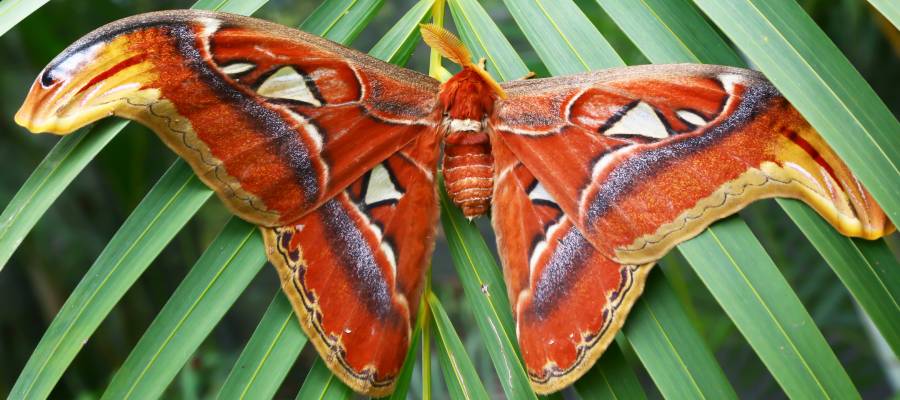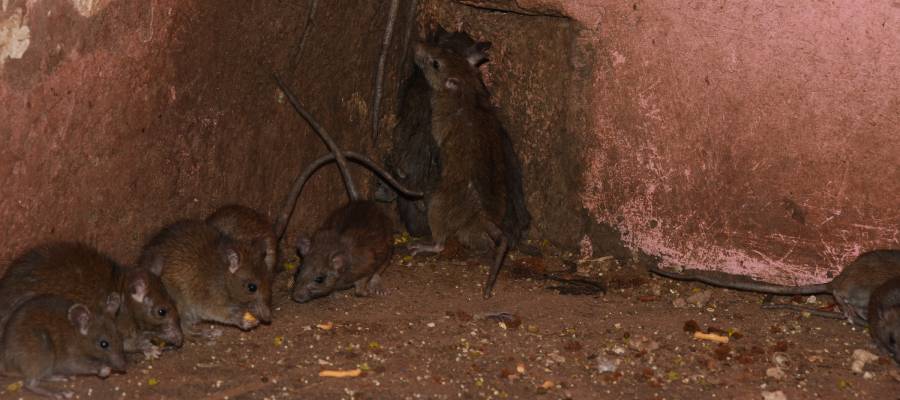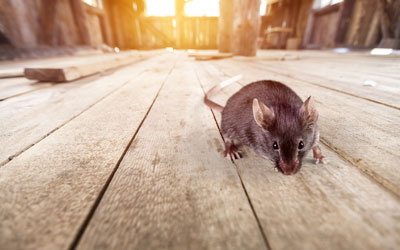In August 2022, reports of a giant Atlas Moth spotted near Seattle, Washington, made headlines because it was the first time this gargantuan species had been seen in the United States. It’s a beautiful species, the second largest moth in the world, but it’s also a big problem. That’s because the Atlas Moth is native to the boreal parts of southeast Asia and Borneo, about 7,500 miles away. They’re evolved for the forest ecosystems of that part of the world, not the forests of North America. So what should you do if you see an atlas moth here?
They shouldn’t be here, and they pose some very real threats here, like outcompeting native species and throwing ecosystems out of balance. That’s why the Atlas Moth has been classified by the United States Department of Fish and Wildlife as a “quarantine pest.” Essentially, that means it’s an invasive species. That’s why, if you see an Atlas Moth, the first thing you should do is marvel at it, and then it’s your duty to report it.
What Does the Atlas Moth Look Like?
Atlas Moths are awe-inspiringly large. If you see one, it will probably be the biggest moth you’ve ever seen. Its patterns and coloring look like the cecropia moth or polyphemus moth, both of which are native to the U.S., but those two species are significantly smaller.
The cecropia moth is the largest moth native to the U.S. Its wingspan can reach 7” – 8” long. An Atlas Moth, by comparison, can reach 10” or more. Polyphemus moths are much smaller than either: they’re usually about 3” – 4”. Polyphemus moths also have fuzzier bodies, and fuller wings.
How Did the Atlas Moth Get Here?
It’s an unfortunate dilemma because the Atlas Moth did not choose to come here. They’re not adapted to fly thousands of miles across the ocean. Sadly, it appears that a person smuggled them here for economic gain – there’s a thriving black market for insects. Shortly after the discovery of the specimen in Seattle, an eBay listing offering Atlas Moth cocoons for $60 each was found. However, the listing was quickly taken down and authorities have not been able to trace the seller.
It’s hard to know how many Atlas Moth cocoons were sold and shipped, but there could be many across the United States, which is why it’s important to know what it looks like – even if there hasn’t been a sighting in Bristol and Johnson City yet.
The Atlas Moth’s Potential Harm to Ecosystems
Anytime you introduce a new species into an ecosystem, there are unknown risks. Nature is a delicate balance, so removing one species can have a domino effect for years to come. It may not seem like a big deal, but one change can alter a natural area permanently.
We do know a few things about the Atlas Moth life cycle, and the ecosystems in southeast Asia they inhabit.
Atlas Moths are impressively large caterpillars before their metamorphosis. They ward off predators by spraying a foul smelling liquid. They’re voracious eaters, and spend every possible moment eating. (They have to – because adult Atlas Moths don’t eat at all, they survive only off the nutrients and fat stored when they were caterpillars). It’s because they’re such hungry caterpillars that lead to worries that Atlas Moth caterpillars may be able to outcompete cecropia and polyphemus moth caterpillars, and ultimately threaten their numbers.
What to Do If You Spot an Atlas Moth
Atlas Moths are not dangerous to humans. They won’t bite, and they’re not poisonous, yet they pose a significant threat to humans in their potential to harm ecosystems.
That’s why if you see one of these hard-to-miss Atlas Moths, we ask that you please notify the U.S. Department of Fish and Wildlife or your state’s office for plant and animal regulation.




